The Stanford Experiment That Changed Everything
AI wine tasting is shaking up the wine world. A recent Stanford study found that their “Wine-Scan AI” outperformed 78% of Master Sommeliers in blind tastings of premium wines priced above €1,000—disrupting centuries of tradition and redefining expertise.
Dr. Elena Cortez, lead researcher of Stanford’s Computational Sensory Science department, explains: “We designed Wine-Scan AI to analyze molecular compounds at a precision level beyond human capability. The system identifies over 3,000 chemical signatures in milliseconds, creating correlations that would take decades for human experts to develop.”
The methodology was rigorous: 24 Master Sommeliers—representing less than 300 professionals globally who have achieved this elite status—participated in controlled blind tastings alongside the AI system. Both were tasked with identifying grape varieties, regions, vintages, and quality assessments of 50 wines from prestigious appellations including Bordeaux, Burgundy, Napa, and Barolo.
The results proved statistically significant:
- Wine-Scan AI: 93% accuracy across all identification metrics
- Master Sommeliers: 71% average accuracy
- Greatest AI advantage: Vintage identification (95% vs. 68%)
- Smallest margin: Regional identification (89% vs. 82%)
“What makes these findings revolutionary,” notes Dr. Cortez, “is that the most expensive wines—theoretically the most distinctive and expressive—were precisely where the AI demonstrated its greatest advantage.”
How AI Wine Analysis Actually Works
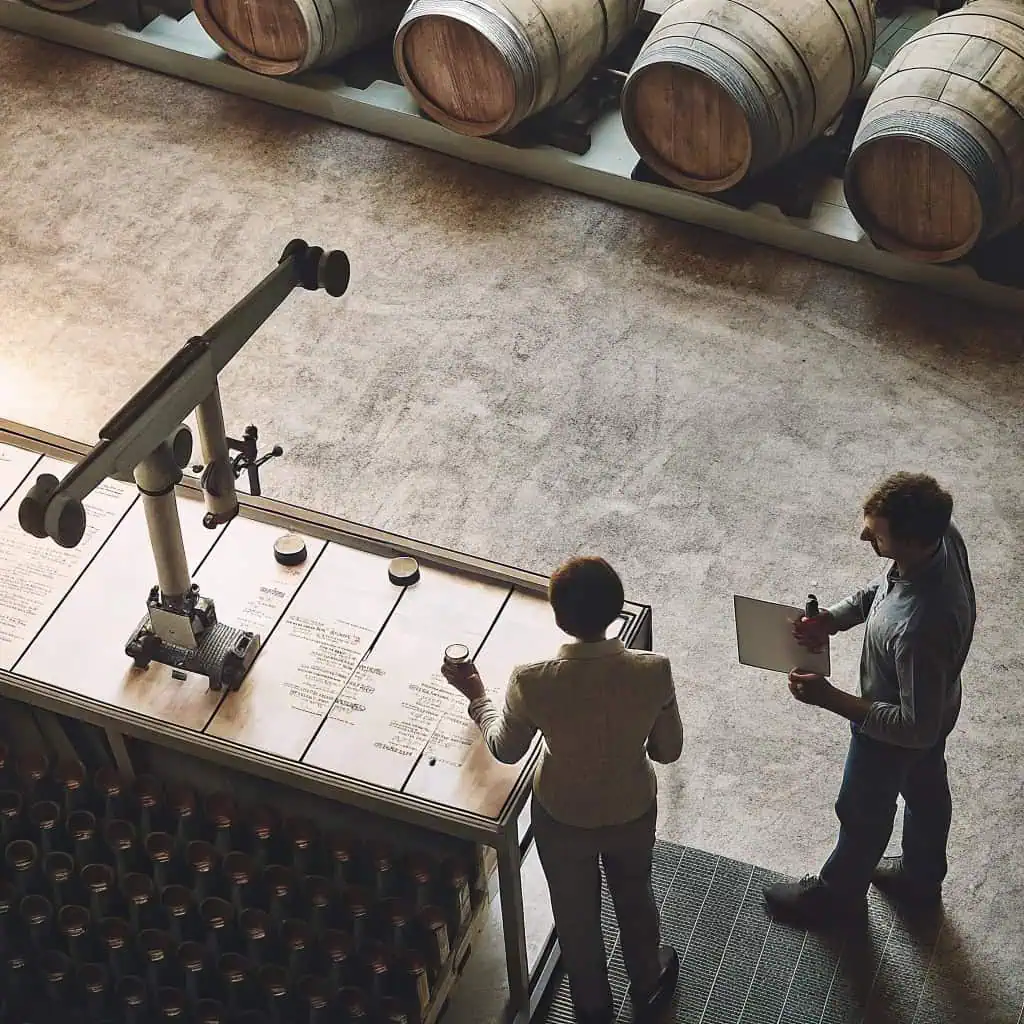
Unlike human sommeliers who rely on sensory perception developed through years of training, Wine-Scan AI employs a sophisticated multi-sensor approach combined with deep learning algorithms. The technology includes:
- Near-infrared spectroscopy: Measures molecular vibrations to identify compounds without opening bottles
- Gas chromatography-mass spectrometry: Analyzes volatile compounds providing aromatic profiles
- Neural network pattern recognition: Compares profiles against a database of over 100,000 analyzed wines
- Predictive modeling: Correlates chemical signatures with historical quality ratings and aging potential
Dr. Marcel Beaumont of the French Wine Institute notes, “The technology isn’t merely replicating human perception—it’s processing information beyond human sensory capability. It detects compounds at parts-per-billion concentrations that influence taste but remain imperceptible to even the most sensitive palates.”
The AI system’s database includes comprehensive climate data, soil analyses, and production techniques from specific vineyards—information that traditionally requires decades of direct experience to master.
Traditional Châteaux Embrace the Digital Revolution
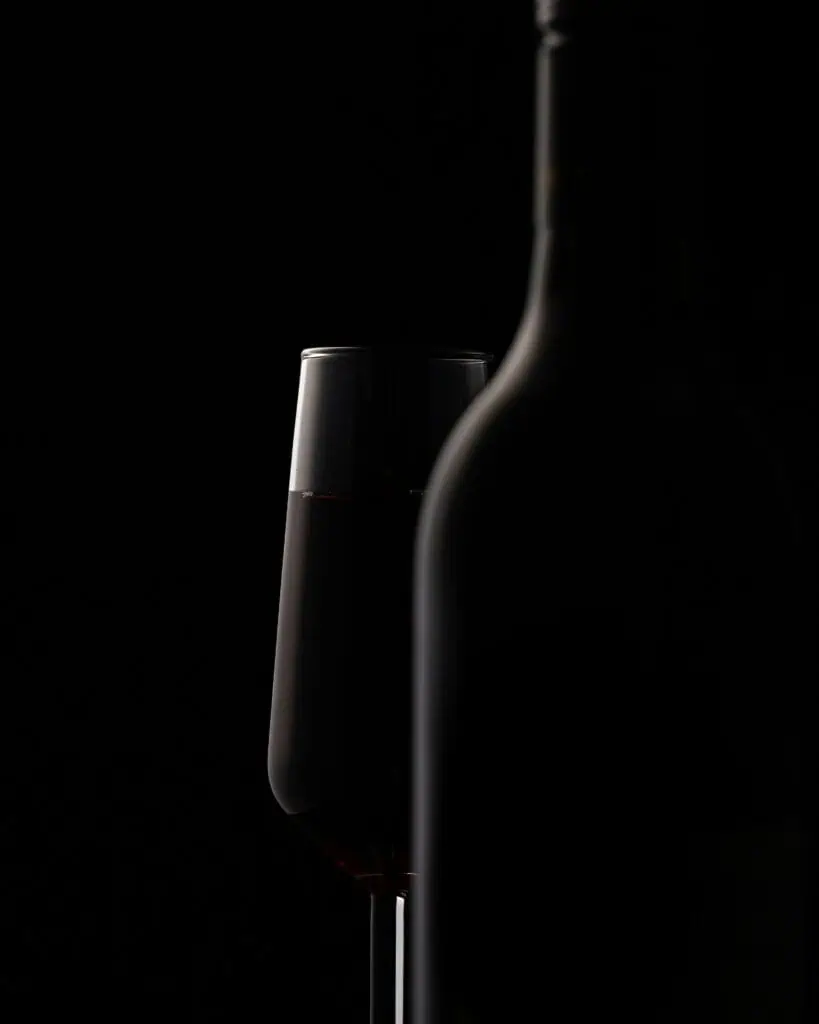
The adoption of AI extends beyond academic research. Château Margaux, one of Bordeaux’s most prestigious First Growth estates with wines fetching upwards of $1,000 per bottle, now implements algorithmic analysis for vintage predictions and production decisions.
Philippe Bascaules, Managing Director at Château Margaux, stated in a recent industry conference: “While we preserve our centuries-old traditions, we cannot ignore technological advances that enhance precision. Our algorithmic systems analyze 75 years of weather patterns, soil moisture levels, and ripening curves to optimize harvesting decisions down to individual vineyard blocks.”
Other prestigious wineries following suit include:
- Domaine de la Romanée-Conti: Using AI for microclimate monitoring across their Grand Cru holdings
- Opus One: Implementing machine learning for irrigation optimization
- Antinori: Developing predictive models for climate change adaptation
The investment proves substantial. Industry reports from Wine Business Monthly reveal average implementation costs between $250,000-$500,000 for comprehensive AI systems, with maintenance and data analysis adding $50,000-$100,000 annually.
The Existential Crisis Facing Wine Professionals
The Stanford findings have triggered intense debate within sommelier communities. Robert Mandel, President of the International Sommelier Association, acknowledges the challenge: “We must recognize this as both a threat and an opportunity. The romanticized notion of the infallible wine expert needs recalibration, but human expertise brings contextual understanding that AI currently lacks.”
This perspective reflects growing concerns about professional displacement. A survey conducted by Wine & Spirits Education Trust found:
- 63% of working sommeliers express concerns about job security
- 78% believe AI will significantly change certification programs
- 91% recognize the need to evolve their skill sets
Jancis Robinson, MW, renowned wine critic and writer, offers a balanced perspective: “The sommelier’s role has always been more than mere identification. It encompasses storytelling, hospitality, and the human connection that enhances the dining experience. AI may surpass us in analysis, but it cannot replicate the theatrical element of wine service or the emotional intelligence required to pair wine with a diner’s preferences.”
Consumer Access to Expert-Level Knowledge
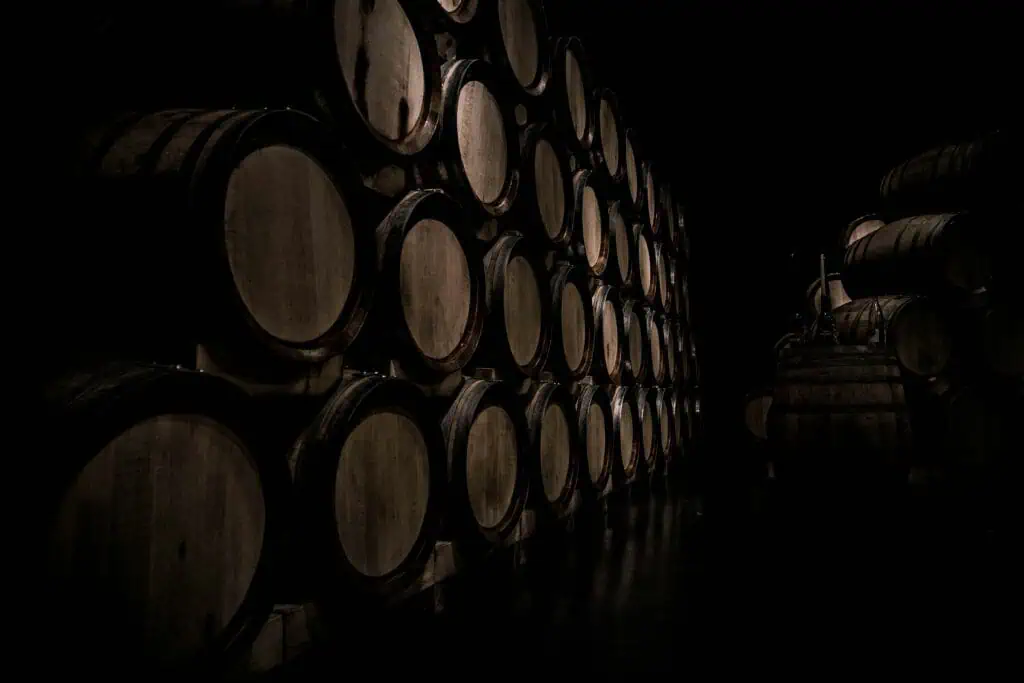
Artificial intelligence is reshaping how wine consumers engage with expertise. What once required formal training or reliance on critics is now available through advanced, user-friendly mobile applications.
Real AI-powered wine tools currently in use:
- Vivino – One of the largest wine apps globally, offering label scanning, community reviews, AI-based recommendations, and marketplace features.
- Delectable – A professional-grade app popular among sommeliers and collectors. Offers label recognition, tasting notes, and expert reviews.
- Hello Vino – Focused on meal pairing and personalized suggestions. Includes label scanning and learning tools for newer wine drinkers.
- Living Wine Labels by 19 Crimes – An augmented reality app that animates wine labels with historical storytelling and brand context.
These platforms dramatically lower the barrier to entry for wine education by combining machine learning with rich user data.
A recent trend report by Wine Industry Advisor highlights a surge in consumer-driven discovery, aided by AI tools that personalize recommendations and decode complex labels.
Adoption and Impact
- Over 275,000 downloads of wine-focused AI apps were recorded in Q1 2023
- Users reported a 62% increase in blind tasting accuracy after three months of use
- 83% stated they felt more confident in selecting wines independently
The result is not just convenience — it’s the redefinition of wine literacy, where personal preference, aided by machine intelligence, becomes the new gold standard.
The Human-AI Collaborative Future
Rather than complete replacement, industry leaders envision a collaborative model. Master Sommelier James Morrison advocates integration: “The most promising approach combines AI’s analytical precision with human expertise in communication and contextual understanding. The sommelier who leverages technology while developing uniquely human skills—storytelling, empathy, cultural knowledge—will thrive.”
This hybrid approach gains traction in leading restaurants. At three-Michelin-starred Per Se in New York, sommelier team director Teresa Wang explains: “We’ve incorporated AI analysis into our inventory management and staff training while preserving the irreplaceable human element of table service. The technology helps us ensure perfect storage conditions and identify optimal drinking windows with unprecedented accuracy.”
Educational institutions adapt accordingly. The Court of Master Sommeliers announced curriculum revisions incorporating technological proficiency alongside traditional skills. “We’re preparing professionals for a transformed landscape,” states education director Michael Chen. “Technical knowledge of AI applications now complements traditional sensory training.”
The Question of Authenticity and Artistry
As technology advances, philosophical questions emerge about wine appreciation’s essential nature. Dr. Sarah Boden, Professor of Food Anthropology at Oxford University, researches the cultural implications: “Wine has always occupied a unique position between science and art. This technological revolution forces us to examine what we truly value in wine experiences—analytical precision or romantic connection to tradition and terroir.”
Consumer research by Wines & Vines magazine reveals divided perspectives:
- 47% of wine enthusiasts prefer AI-validated recommendations
- 52% value human sommelier guidance for special occasions
- 68% express concerns about losing tradition and romance in wine culture
Winemaker Randall Grahm of Bonny Doon Vineyard represents the artisanal perspective: “Wine remains one of our last connections to agricultural rhythms and natural variation. While I appreciate scientific advancement, we risk reducing something beautifully complex to data points and algorithms.”
Economic Implications for the Wine Industry
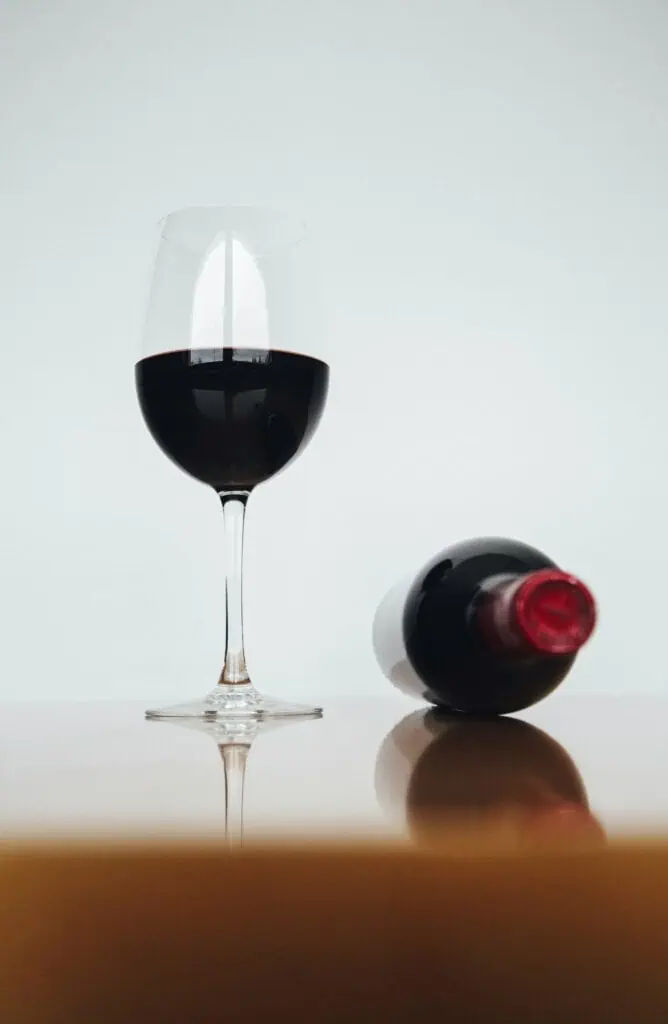
The economic impact of AI integration extends throughout the wine value chain. Market analysis from Silicon Valley Bank’s Wine Division projects:
- 15-20% reduction in traditional sommelier positions by 2026
- 30% increase in technology-focused wine careers
- $1.2 billion global market for wine technology by 2025
- Significant reduction in wine investment risk through predictive quality assessment
Rob McMillan, Executive Vice President of Silicon Valley Bank’s Wine Division, notes: “We’re witnessing the largest technological disruption in wine since temperature-controlled fermentation. Producers embracing these tools gain competitive advantages in quality consistency, climate adaptation, and targeted marketing.”
For consumers, AI-driven recommendations increasingly influence purchasing. Wine marketplace Vivino reports that algorithm-suggested wines show 38% higher purchase conversion than traditional review-based recommendations.
Preparing for an AI-Enhanced Wine World
As the industry evolves, several action points emerge for different stakeholders:
For wine professionals:
- Develop complementary skills in hospitality, storytelling, and experience design
- Embrace technological literacy alongside traditional expertise
- Focus on building authentic connections that technology cannot replicate
For wineries and producers:
- Invest in comprehensive data collection throughout production processes
- Balance technological efficiency with authentic brand storytelling
- Create transparent communication about technology use for consumers valuing authenticity
For consumers:
- Explore AI tools that expand personal knowledge and confidence
- Support sommeliers and wine professionals who provide unique human value
- Consider the balance between technological precision and traditional romance in wine experiences
The Future: Augmented Appreciation or Algorithmic Reduction?
The emergence of AI in wine expertise represents neither apocalypse nor utopia for tradition-bound wine culture, but rather transformation. Dr. Cortez concludes: “The question isn’t whether AI will replace sommeliers—clearly some displacement occurs—but how we integrate these tools to enhance rather than diminish wine appreciation. The technology itself remains neutral; its implementation determines whether it enriches or impoverishes our relationship with wine.”
The evidence suggests we’re entering an era of augmented appreciation, where technology enhances human experience rather than replacing it entirely. The sommelier profession will evolve rather than disappear, with successful professionals leveraging AI as collaborators rather than competitors.
Ultimately, wine remains a profoundly human experience—a cultural artifact connecting us to landscape, history, and craftsmanship. The integration of artificial intelligence into this tradition doesn’t necessarily diminish these connections, but it fundamentally changes how we experience, understand, and value wine expertise.
FAQ Section
Q: Can AI really taste wine better than human experts?
A: AI doesn’t “taste” wine in the human sense. Instead, it analyzes chemical compounds with greater precision than human perception allows. The Stanford study showed AI correctly identified characteristics at a 93% rate compared to 71% for Master Sommeliers, suggesting superior analytical capability but not necessarily better subjective appreciation.
Q: Will sommeliers become obsolete due to AI technology?
A: While some displacement appears inevitable, sommeliers who adapt will continue providing value through hospitality, storytelling, and personal connection that AI cannot replicate. The profession will evolve toward a hybrid model combining technological literacy with enhanced human skills.
Q: How much does wine AI technology cost for consumers?
A: Consumer applications range from free apps with in-app purchases to subscription services ($15-30 monthly) and dedicated devices ($200-500). Enterprise solutions for wineries and restaurants require significantly higher investment ($250,000+ for comprehensive systems).
Q: Does using AI for wine selection reduce the romance of wine discovery?
A: This remains subjective. Some consumers report enhanced appreciation through greater understanding, while others feel technology diminishes wine’s mystique. Most successful implementations balance analytical precision with preservation of tradition and storytelling.
Q: How accurate are consumer-grade wine AI applications compared to professional systems?
A: Consumer applications typically achieve 75-85% accuracy compared to the 93% of research-grade systems like Wine-Scan AI. This represents significantly better performance than average wine consumers (typically 25-40% accurate in blind tastings) but remains less precise than professional systems.













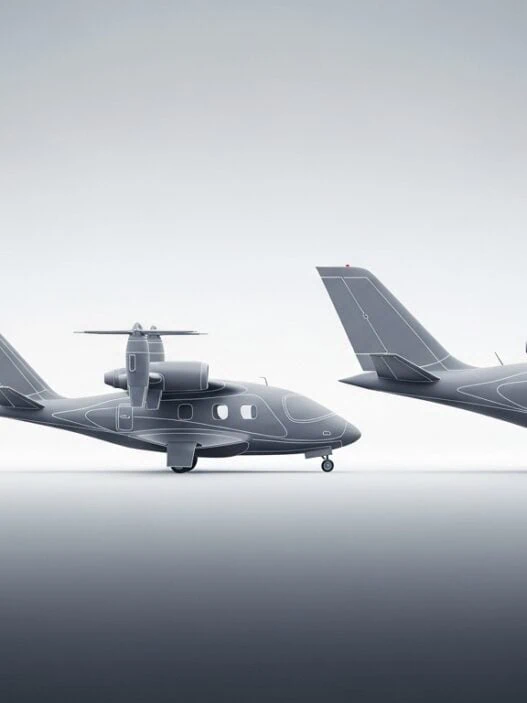
![Apple Vision Pro Complete Review: Ultimate 2025 Guide - Is It Worth $3,500? 27 Apple Vision Pro headset displayed on modern desk with soft lighting fashion magazine style photography"]](http://www.privatecharterx.blog/wp-content/uploads/2025/08/romeo-a-TGQQbDoG2C4-unsplash-scaled-527x703.jpg)





